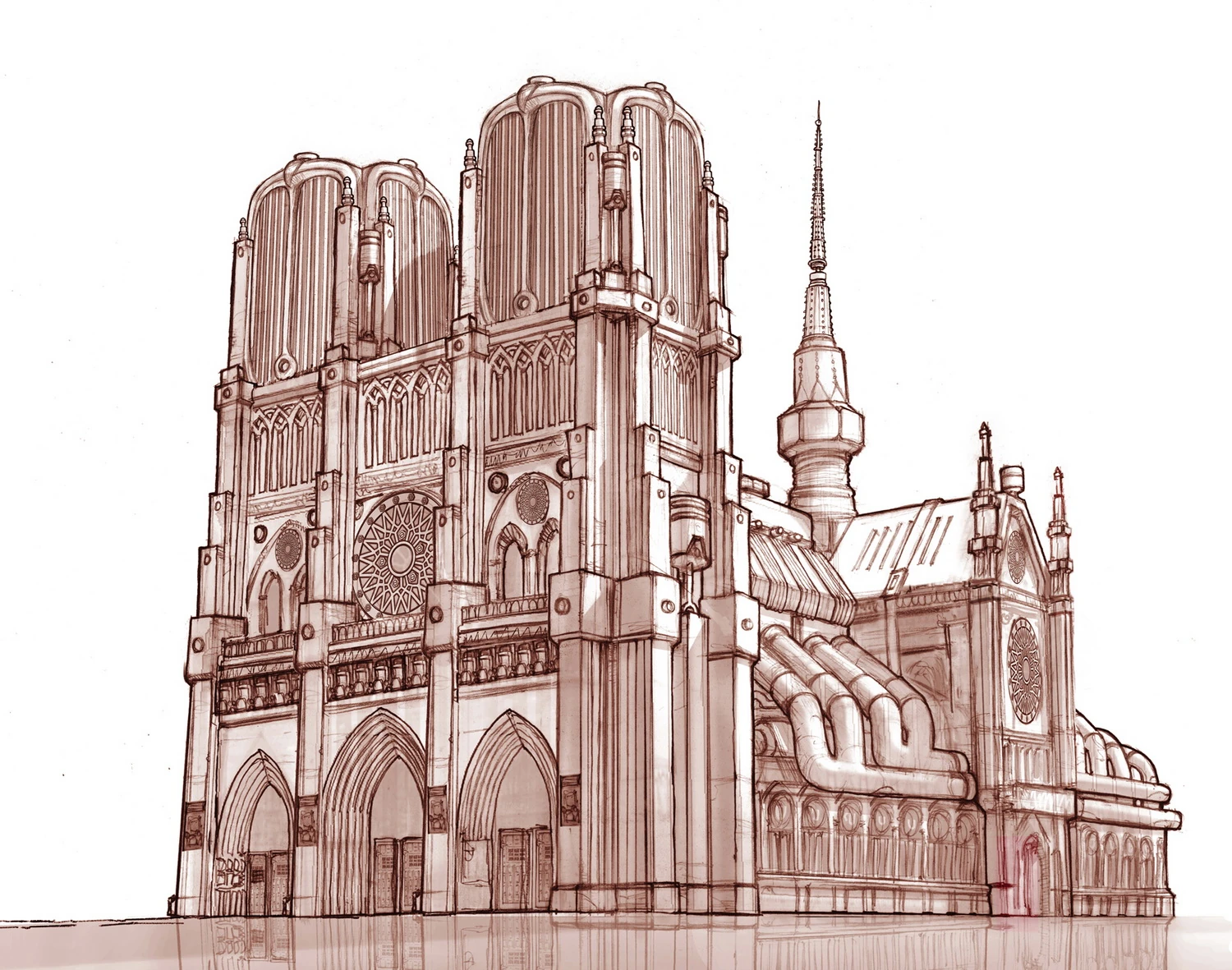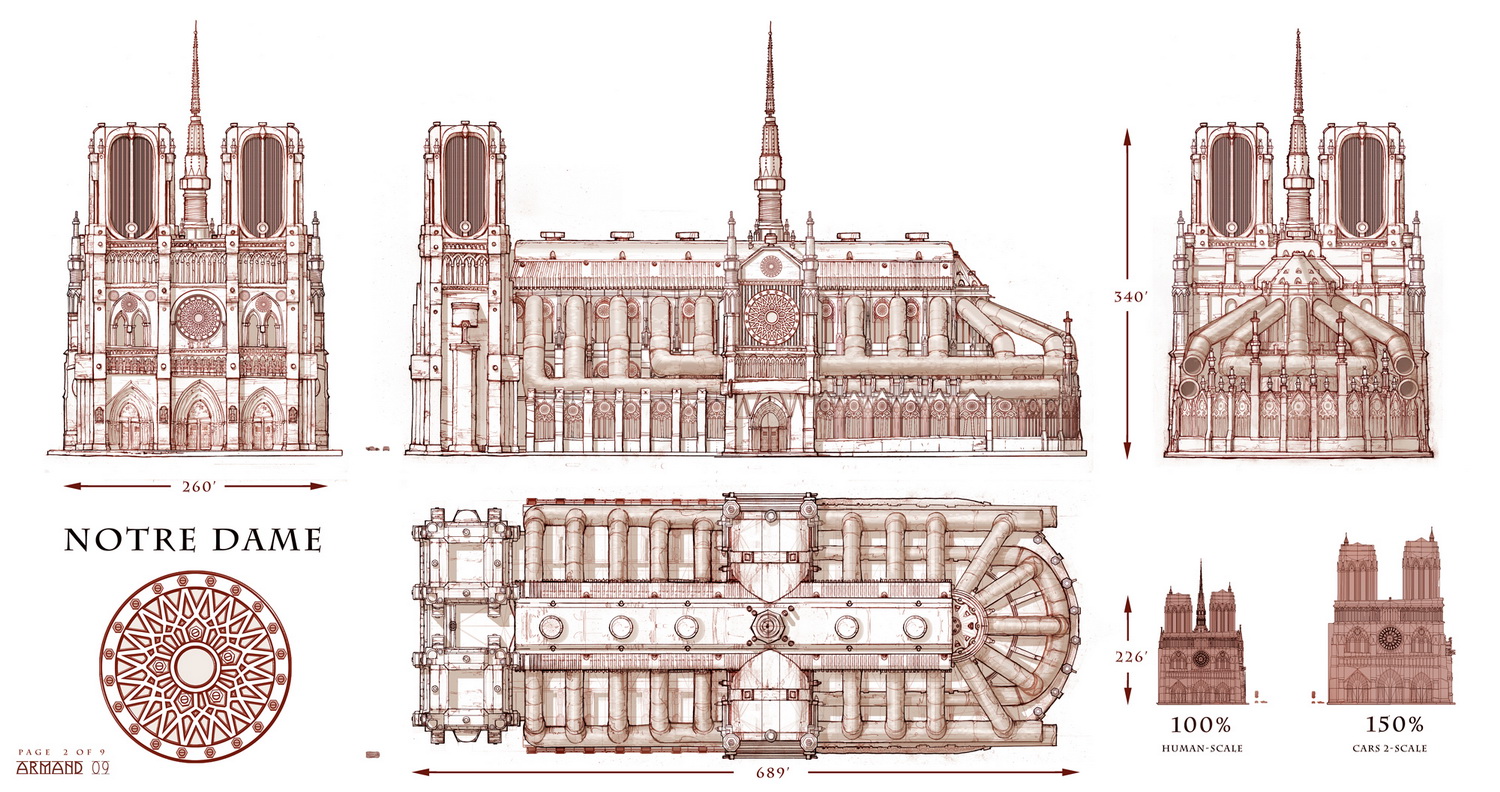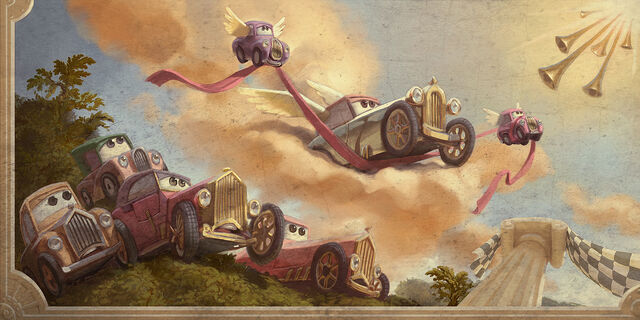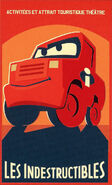Please visit us at our new location!
Neighborhood Adventures- Mommy Style
I am a Stay at Home Mom with fantastic hubby, four adorable kids and a huge love of art. Join me as I share my day-to-day life.
Monday, June 29, 2020
Sunday, June 28, 2020
Tuesday, November 21, 2017
A Rockwellesque Thanksgiving
It's Thanksgiving in the
states again and the start of another holiday season. I think every one has
noticed and commented on the Irony that is associated with the holidays. We
start with a celebratory feast to give thanks to our God for His bounteous blessings,
and then several hours later we trample each other to save $20 on a new,
unneeded, electronic or toy. It's sad. It's pathetic. It's the world we live
in. The best we can do to change things is to change our own attitude and
approach to the holidays, the sale's, and to the reason and meaning behind each
gift we give and receive.
This year I would like
to highlight one of my favorite 20th century painters, Norman Rockwell.
Rockwell is best know for his cover illustrations of the Saturday Evening Post and the majority of his work was done for
them. He did, however, paint for other magazines, advertisements, and for
personal expression.
He was highly criticized
by fellow artists both in his time and now.The critics state that his
depictions of life are too idealized and cheerful and that if he were a
"true" artist he would depict things with angst and deep
emotion.
I personally do not
agree with this critic or description of a "true" artist and I know
there are many others who share my feelings that Rockwell portrayed a world
that we would all enjoy living in. In his lifetime he created over 4,000
paintings which is an outstanding amount when compared to other great painters
in his time and throughout history.
Even today, his famous Saturday Evening Post illustrations are used as iconic models
for contemporary artists.
Rockwell's most famous
Thanksgiving painting is entitled Freedom from Want. Here we see a loving family gathered around a dining table.
They all have giant smiles and seem to be sharing the joy that comes from being
together and having a bountiful feast. The grandmother is holding what looks
like a 20 pound bird and the grandfather is standing beside her, ready to
carve. The table is laid with the finest china, crystal, and silver in honor of
the occasion.
This painting has been
the inspiration for many artistic interpretations over the years. Here are a
few of my favorites.
This Disney version has
a portrait on the wall. Is it Walt Disney or Norman Rockwell? I'm not sure, but
it does bring a smile to my face.
Again, another
lighthearted rendition of this painting. This time the family members have been
replaced by characters from the television show Sesame Street and
the giant turkey has been replaced with a large pile of cookies.
In this rendition the
family is a flock of turkeys feasting on a large platter of worms.
From zombies to
politics, we can see how vast the range of parodies are with this one painting
as inspiration.
But what about
Rockwell's other works? With over 4,000 paintings surely he made more with a
Thanksgiving theme. Yes! And when we study the other's closely while keeping
your mind on facts, we can see that Rockwell's paintings aren't all idealistic.
Here we have a Pilgrim
placed in the stocks (pillory?). His crime has been written and posted in front
of him as being a glutton. What is gluttony? It is the overindulgence and
consumption of food, wine, and wealth and was despised by the pilgrims.
Quick history fact, the
pilgrims left their countries in search of religious freedom because they were
themselves religious zealots. They hated excess and extravagance and were
hateful towards those who did not share their beliefs. Once in America the
different settlements of Pilgrims hated each other and each had their own set
of ideals and laws.
So, again with the
holiday irony, we celebrate the successful harvest of the Pilgrims by eating
ridiculous amounts of food. Was Rockwell implying that we should be the pilgrim
in the stocks? Possibly...
This humorous painting
depicts a young city boy being chased by the large turkey we was trying to kill and his country cousins laughing at him in the background. I
love how the monochromatic red highlights the turkey's head and waddle. Red is
traditionally used in paintings to express anger and violent emotions. That
must be one angry turkey!
Here, Rockwell has
painted a young boy and girl after the feast. They are pulling on the wishbone
from the turkey. What makes this meaningful? The pulling and breaking of the
wishbone in this way is a tradition that goes back to... I don't know when.
Basically, each person makes a wish in their mind and then they both pull on
the wishbone. After it breaks, whomever is left with the larger piece will have
their wish granted in some way. Rockwell was pointing out that the Thanksgiving
feast is a feast given in thanks to God for their blessings. And yet, after the
feast is over we have a tradition of wishing for more.
Not all of Rockwell's
paintings had deeper meanings. This one, for example, is a lovely picture of a
woman proudly presenting a roasted turkey. If there is a deeper meaning or
significance I can't find it.
Norman Rockwell was a
wonderful artist and while his work has received a lot of criticism, when
looked at closely each painting is filled with emotion.
Thank you for letting me
share my love of art with you again.
Happy Thanksgiving!
Friday, November 10, 2017
Carification - For the Love of Detail
Hello again! I have recently learned that I am obsessed with art. Yeah, you would have thought that in my 33 years of constantly drawing, painting, and creating I would have figured that out. I even minored in art in college, but it has only been the past couple of months when my life was turned on it's head that I realized how important art is to me. After my religion and my family, art is my only real passion. I just can't get enough of it.
It's gotten to the point that I see past the obvious and focus just on the small details. Case in point, JM is 2 years old. He is love with what he calls "beep-beeps" which are cars, trucks, planes, etc. I, being a girly-girl, never paid that much attention to cars. In the past 8 months JM has pointed out every shirt, toy, picture, tv show, and movie that has a car in it. Trust me, they are everywhere. His favorite movies are Disney Pixar's Cars and Cars 2. Once he receives Cars 3 on blu-ray that will also become a favorite. He watches them once, sometimes twice, a day. Everything in his life seems to revolve around Lightning McQueen.
I don't know if it's mother's love, the brilliant work of Pixar, or a combination of both but I have yet to "tire" of Cars. I feel like it should drive me crazy, but it hasn't happened yet. In fact, I have fallen in love with the amount of detail that was put into creating the world of cars. As I was looking up some of the fabulous details to share with you I learned even more.
When it comes to creating a believable world that mimics the real world, it takes a lot of focus and attention to details. They couldn't just place them in a cartoon world exactly like ours, it wouldn't make any sense. Believablity is all in the tiny, tiny details. As the creators went through each detail to make it more automotive in style and shape, they called it "Carification." Let me show you just a few of gems that are found in Cars 2.
The most noticeable elements are the buildings they carified. The details for Notre Dame in Paris is exquisite when you realize that it only used as a background building for a couple of minutes.


Radiator covers at the bell towers, pipes for the flying buttresses, and antennas, gauges and headlights as the sculptural decorations! Applause! Applause!
Check out the little details in how the buildings were constructed in the Japanese pagodas.

Let's take a moment to look at the casino. Again, the structural details are automobile related.
Statues, both inside and out, have been carified which just makes me wonder about the possible backstories associated with them.
One of my absolute favorite things in this movie are the background frescoes in the casino. The translation of classical art into modern pop culture with such attention to detail and respect to the original style shows how dedicated the creators were to making a quality movie that could be appreciated by young and old alike.

True, I am just pointing out some of the amazing details without offering much in the way of commentary or insight. However, sometimes all we need is someone to point out the details in order for us to truly appreciate them.
I will end with a few of the "Easter eggs" that can be found in Cars 2.
Here, at "Ye Left Turn Inn," we have a carified tapistry of Merida and her parents from the movie, Brave.

In the wholesale market there is a poster in one of the stalls giving nod to "The Incredibles."

In the background of this scene we can see a movie poster for "A Bugs Life." I love the tongue-in-cheek with this one.
And, of course, it wouldn't be a true Pixar movie without some type of nod to the original, "Toy Story."

It's gotten to the point that I see past the obvious and focus just on the small details. Case in point, JM is 2 years old. He is love with what he calls "beep-beeps" which are cars, trucks, planes, etc. I, being a girly-girl, never paid that much attention to cars. In the past 8 months JM has pointed out every shirt, toy, picture, tv show, and movie that has a car in it. Trust me, they are everywhere. His favorite movies are Disney Pixar's Cars and Cars 2. Once he receives Cars 3 on blu-ray that will also become a favorite. He watches them once, sometimes twice, a day. Everything in his life seems to revolve around Lightning McQueen.
I don't know if it's mother's love, the brilliant work of Pixar, or a combination of both but I have yet to "tire" of Cars. I feel like it should drive me crazy, but it hasn't happened yet. In fact, I have fallen in love with the amount of detail that was put into creating the world of cars. As I was looking up some of the fabulous details to share with you I learned even more.
When it comes to creating a believable world that mimics the real world, it takes a lot of focus and attention to details. They couldn't just place them in a cartoon world exactly like ours, it wouldn't make any sense. Believablity is all in the tiny, tiny details. As the creators went through each detail to make it more automotive in style and shape, they called it "Carification." Let me show you just a few of gems that are found in Cars 2.
The most noticeable elements are the buildings they carified. The details for Notre Dame in Paris is exquisite when you realize that it only used as a background building for a couple of minutes.


Radiator covers at the bell towers, pipes for the flying buttresses, and antennas, gauges and headlights as the sculptural decorations! Applause! Applause!
Check out the little details in how the buildings were constructed in the Japanese pagodas.

Let's take a moment to look at the casino. Again, the structural details are automobile related.
Statues, both inside and out, have been carified which just makes me wonder about the possible backstories associated with them.
One of my absolute favorite things in this movie are the background frescoes in the casino. The translation of classical art into modern pop culture with such attention to detail and respect to the original style shows how dedicated the creators were to making a quality movie that could be appreciated by young and old alike.

True, I am just pointing out some of the amazing details without offering much in the way of commentary or insight. However, sometimes all we need is someone to point out the details in order for us to truly appreciate them.
I will end with a few of the "Easter eggs" that can be found in Cars 2.
Here, at "Ye Left Turn Inn," we have a carified tapistry of Merida and her parents from the movie, Brave.
In the wholesale market there is a poster in one of the stalls giving nod to "The Incredibles."

In the background of this scene we can see a movie poster for "A Bugs Life." I love the tongue-in-cheek with this one.
And, of course, it wouldn't be a true Pixar movie without some type of nod to the original, "Toy Story."
Subscribe to:
Comments (Atom)




















